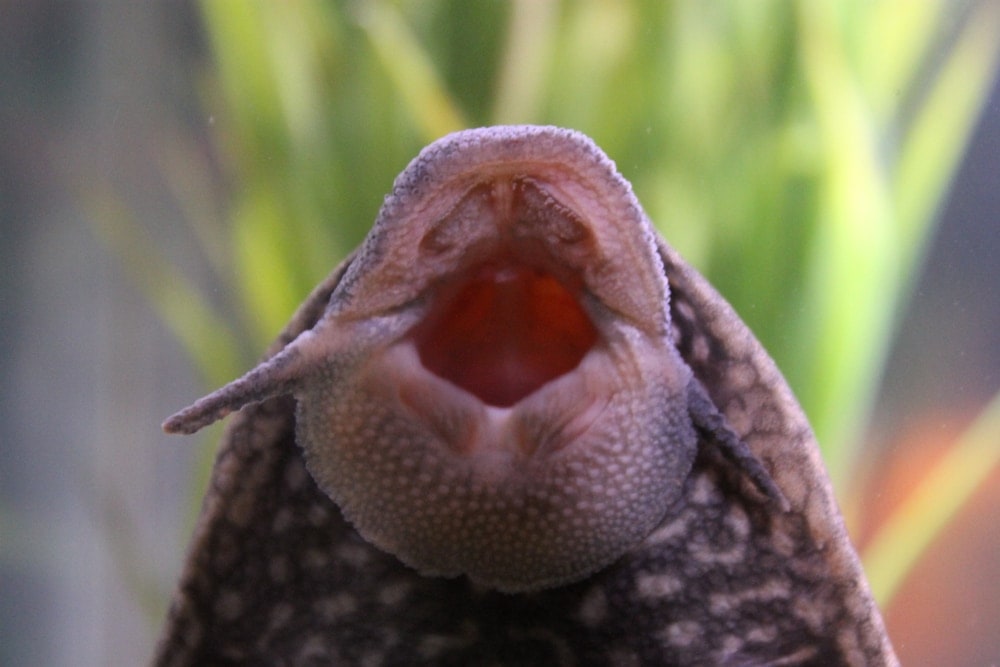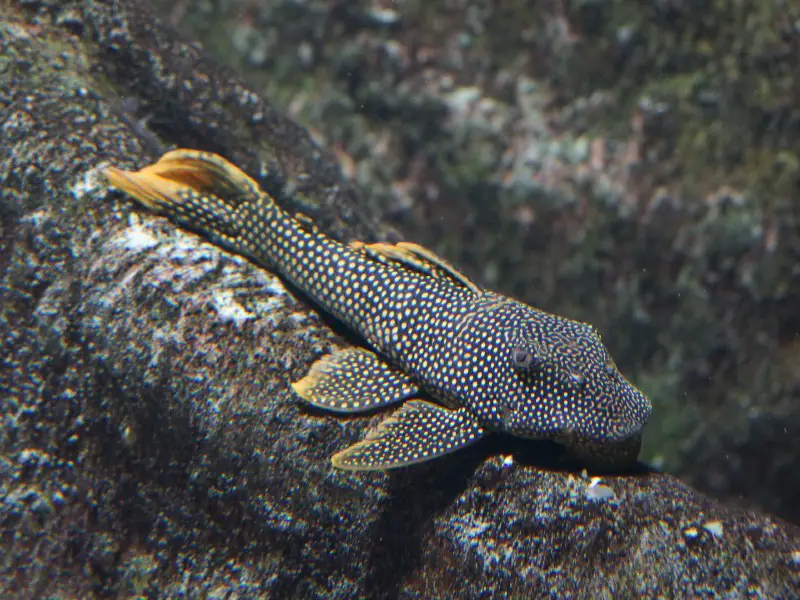Rubber Lip
If you're considering adding a new fish to your aquarium, consider the rubber lip. These fascinating creatures are known for their unique appearance and behavior, and they can be a great addition to any tank.
Pain Points
When it comes to fish keeping, it's important to choose a species that is relatively easy to care for. Unfortunately, not all fish fit that bill. Some are more challenging than others, and require a lot of time and effort to maintain. One pain point associated with keeping rubber lips is their dietary requirements. These fish are herbivores, and need plenty of fresh veggies to thrive. This can be a bit of a challenge for some aquarium owners, who may not want to put in the extra effort to prepare and serve veggies on a regular basis.
Target of Rubber Lip
The rubber lip is a species of catfish that is native to the Amazon basin in South America. They are bottom-feeders, and are known for their unique, suction cup-shaped mouths that allow them to attach themselves to rocks and other surfaces. They are also popular in the aquarium trade, and are kept by hobbyists all over the world.
Summary of Main Points
In this post, we've covered a variety of topics related to rubber lip, including their unique appearance and behavior, as well as some of the challenges associated with keeping them in an aquarium. We've also touched on their dietary requirements, and the fact that they are a popular choice among aquarium hobbyists.
Rubber Lip Target and Behavior
As mentioned earlier, rubber lips are known for their unique appearance and behavior. They have a distinct, dark brown or black coloring on their body, with a lighter underbelly and distinctive fin shape. Their suction cup-shaped mouths allow them to attach themselves to rocks and other surfaces, where they can feed on algae and other plant matter. In addition to their dietary habits, rubber lips are also known for their tendency to hide out during the day, and become more active at night.

Rubber Lip Care and Maintenance
When it comes to caring for rubber lips, there are a few key things to keep in mind. First and foremost, they require a diet that is rich in fresh veggies. This can include things like cucumber, zucchini, and spinach. It's also important to provide plenty of hiding places in the tank, as these fish can be a bit shy and like to have a place to retreat to. Finally, it's important to keep the tank clean and well-maintained, as rubber lips are sensitive to water conditions and can be prone to disease.

Rubber Lip Breeding
If you're interested in breeding rubber lips, there are a few things to keep in mind. First of all, you'll need to provide a suitable breeding environment. This should include a spacious, well-furnished tank, with plenty of hiding places and a soft substrate. You'll also need to ensure that the water quality is appropriate for breeding, and that the fish have access to plenty of food and nutrients. Once you have the right setup in place, you can introduce a breeding pair of rubber lips and let them do their thing. Be patient, as it can take several weeks for the eggs to hatch and for the fry to reach a size where they can be safely moved to a separate tank.

Rubber Lip and Tankmates
When it comes to choosing tankmates for your rubber lips, it's important to choose species that are compatible with their temperament and dietary habits. Good options include other herbivorous fish, such as tetras, cory catfish, and gouramis. You'll also want to choose species that are similar in size and temperament, to avoid any aggressive behavior or bullying.

Question and Answer
Can rubber lips live with other plecos?
Yes, rubber lips can generally live peacefully with other plecos, as long as they have enough space and food to go around. Just be sure to choose species that are similar in temperament and size, to avoid any issues.
How long do rubber lips live?
Rubber lips can live for up to 10 years in the right conditions. It's important to provide them with a healthy, nutrient-rich diet, and to keep the tank clean and well-maintained to ensure a long and healthy life.
How big do rubber lips get?
Adult rubber lips can grow up to 6 inches in length, although they may be smaller than this in captivity. Be sure to provide them with a spacious tank that is appropriate for their size and needs.
Are rubber lips easy to care for?
While rubber lips require a little extra effort when it comes to their diet, they are generally easy to care for and make a great addition to any aquarium. Just be sure to provide them with a healthy, clean environment and plenty of hiding places to make them feel at home.
Conclusion of Rubber Lip
Overall, rubber lips are a unique and fascinating species of catfish that can be a great addition to any aquarium. While they have a few specific needs when it comes to their diet and environment, they are generally easy to care for and can make a great addition to any tank. Whether you're a seasoned hobbyist or just getting started with fish keeping, consider adding a rubber lip to your collection!
Gallery
69032770 6903-2770 6.903-277.0 Karcher Floor Care Rubber Lip Set NT14/1

Photo Credit by: bing.com / lip rubber set floor 260mm karcher reviews
Rubber Lip Pleco Care Guide & Species Profile | Fishkeeping World

Photo Credit by: bing.com / pleco mates fishkeepingworld
62731400 6273-1400 6.273-140.0 Karcher Floor Care Rubber Lip 41301150

Photo Credit by: bing.com / rubber lip 241mm reviews 1400
Rubber Lip Plecos. Guess The Gender(s)? : Fish

Photo Credit by: bing.com / rubber lip fish plecos gender guess comments
Rubber Lip Pleco Care Guide - Diet, Breeding & More

Photo Credit by: bing.com / rubber lip pleco mouth care guide breeding diet